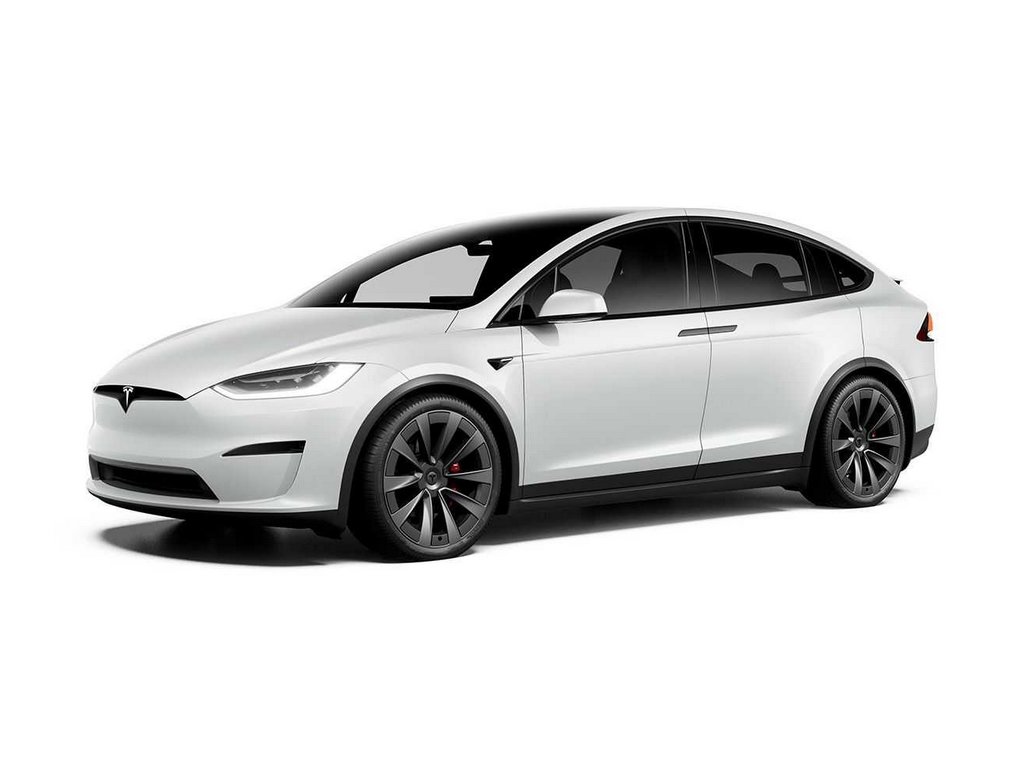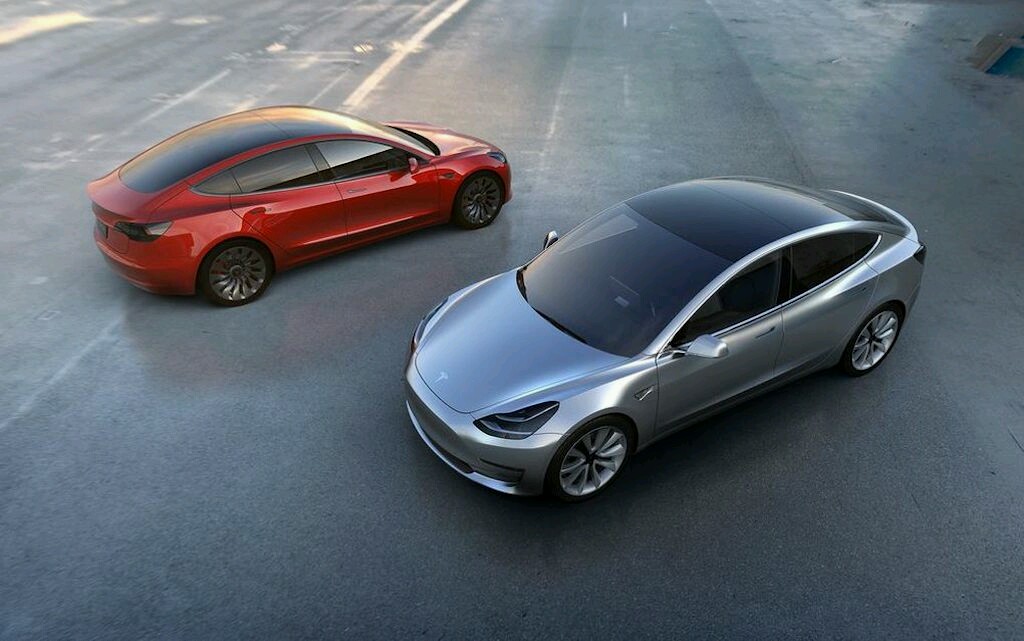
Tesla commences production in Germany for India exports of right-hand drive cars
Tesla has initiated production of right-hand drive cars at its plant in Germany, aiming for export to India later this year. This development comes as Tesla explores opportunities in the world’s third-largest car market, aligning with its broader ambitions for international growth.
Sources familiar with Tesla’s plans revealed that the company is poised to dispatch right-hand drive vehicles to India by the end of this year. This move coincides with India’s recent decision to reduce import taxes on select electric vehicles, provided manufacturers commit to substantial investments and local production within a stipulated timeframe. For Tesla, this adjustment in tax policy presents a favourable opportunity, following its persistent advocacy for lower tariffs in the Indian market.
The specific model intended for export to India remains undisclosed. Currently, Tesla’s Berlin factory exclusively produces the Model Y, prompting speculation regarding its suitability for the Indian market.
Tesla’s impending foray into India represents a significant milestone, marked by prospective investments in local manufacturing infrastructure and charging networks. The company aims to bolster its presence by sourcing components locally, thereby diversifying its supply chain and potentially reducing reliance on Chinese suppliers.
The choice of potential factory locations, including Tamil Nadu, Maharashtra and Gujarat, underscores Tesla’s approach towards establishing a production foothold in India. The anticipated investment of $3 billion reflects the magnitude of Tesla’s commitment to the Indian market and aligns with its long term objectives.
Tesla’s entry into India unfolds against the backdrop of a growing electric vehicle landscape, characterised by government targets for substantial EV adoption by 2030. Despite being dominated by domestic manufacturers like Tata Motors, India’s EV market presents ample opportunities for international players seeking to capitalise on shifting consumer preferences and regulatory incentives.
In parallel, Tesla faces intensified competition, particularly from Chinese counterparts, amidst sluggish demand in its primary markets of the United States and China. This dynamic underscores the imperative for Tesla to diversify its global footprint and tap into emerging markets with growth potential.




